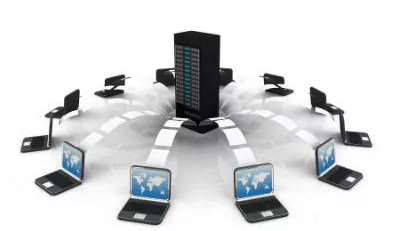HOW TO CHOOSE YOUR INTERNET PROVIDER – CNET.com NAMES TOP INTERNET PROVIDERS OF 2020
It’s always been a crapshoot – do you prioritize cost, network speed, reliability or customer support?? And who really knows the difference between all the connectivity options like fiber optics, 5g, and satellite services. How can anyone choose which internet provider is best? In some cases, we think we only have one option and in other cases we might get lured in by too-good-to-be-true deals for new service. This week CNET.com has named is top internet providers of 2020. But here’s the thing: when you hire us at Dove Communications we help figure out the hard question of which internet provider is best for your business. Additionally, we do all the heavy lifting and to get your internet set up and running smoothly and efficiently. Call us today and we’ll get started. In the meantime, here’s how Justin Jaffe at CNET.com framed the question:
In today’s world, high-speed internet service has become as vital as other utilities like water and electricity. It’s the gateway for everything from news to education, dating to dining, and all manners of entertainment, from music to gaming — and even what we used to call “TV.” For most Americans, a reliable and high-speed internet connection is now a mandatory part of both work and family life.
According to the most recent data available, the US ranks 10th (see 2017 PDF report) among countries for the highest average internet speeds (at 18.7 megabits per second, or Mpbs). But to the chagrin of citizens and politicians alike, high-speed internet isn’t yet universally available. Roughly 19 million Americans, or 7% of the US population, still don’t have access to a broadband connection, according to the FCC. And we can’t even agree on the scale of the problem. A more recent survey from research firm NPD Group puts the estimate much higher: It says that 100 million Americans don’t have access to 25 Mbps or faster internet speeds.
That said, the majority of Americans do have access to at least some type of high-speed service from their internet service provider. Most often, it’s cable, internet or a digital subscriber line (commonly known as DSL) connection. If you’re lucky, it’s fiber. If you’re less fortunate, it’s a satellite or fixed LTE connection. As a last resort for those in far-flung rural and remote regions, there’s dial-up internet access. And now internet service providers offering 5G options are beginning to pop up.
To read the full article click here.











